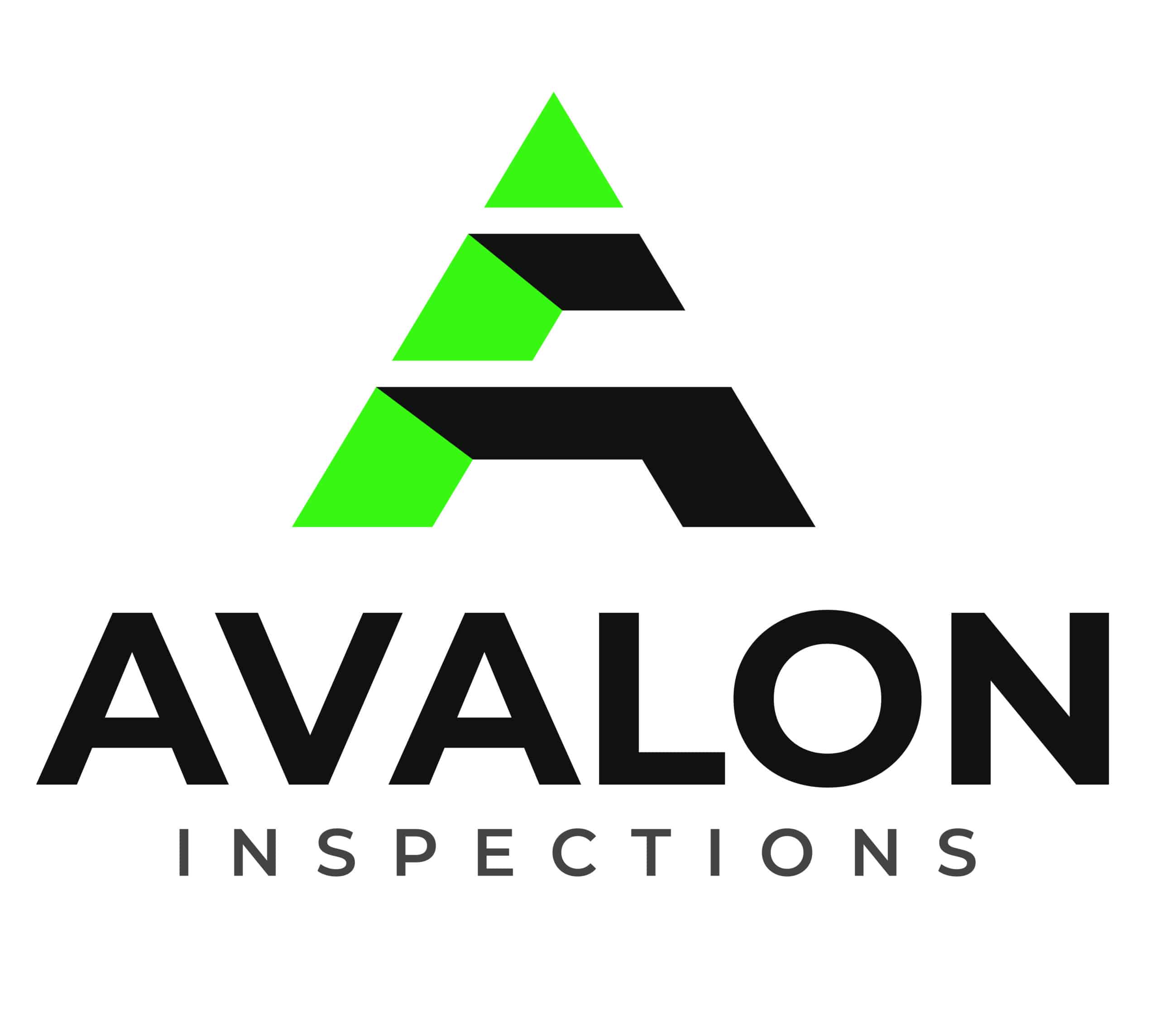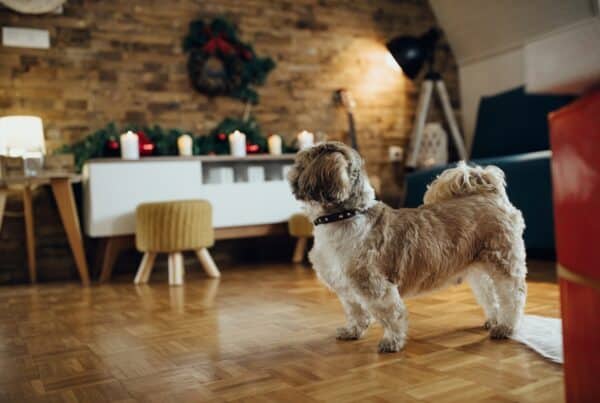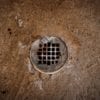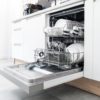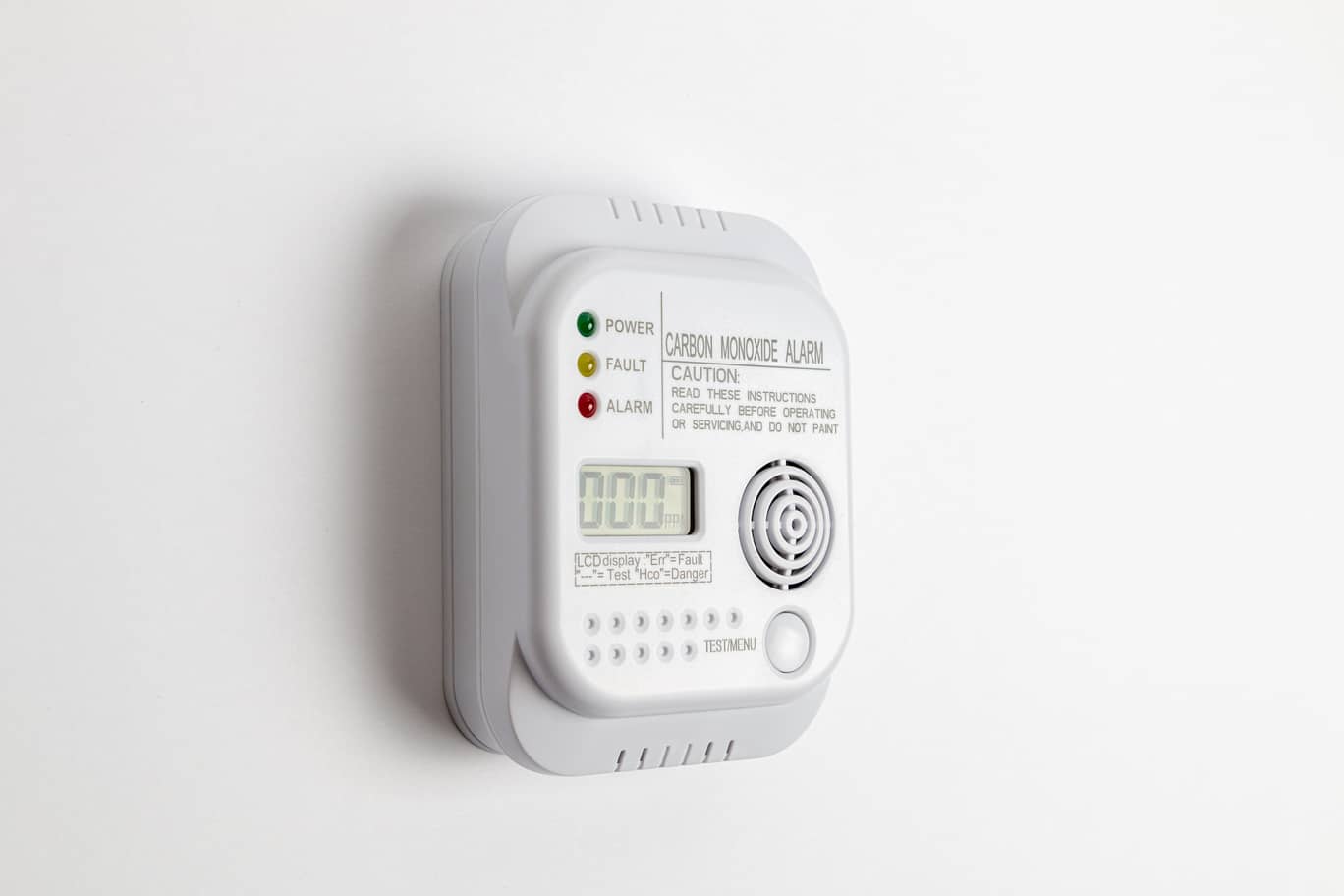
When it comes to checking for carbon monoxide, is not the easiest. Carbon monoxide is an odorless and colorless gas. Therefore, it is near impossible for a homeowner to detect it unless experiencing symptoms caused by it. If you have a fireplace and love to use it, be aware of what it could produce. How to check your fireplace for carbon monoxide? Inspect the fireplace and ensure that a carbon monoxide detection system is installed.
Let’s look below at what carbon monoxide is and where it comes from.
What Is Carbon Monoxide
As stated briefly above, carbon monoxide is an odorless, colorless, and also, tasteless gas. It can become present in your home while using a fireplace, gas-powered appliance, running your car, or using any other heat source that requires the burning of a material. Consequently, if there are damages or malfunctions to parts of these items, the carbon monoxide could escape into your home. If this occurs, it could be life-threatening.
How Does It Happen
Believe it or not, there are a few ways that carbon monoxide could enter the home. Let’s take a look.
- Car – if you are running your car while it is parked in the garage, carbon monoxide could enter your home.
- Grilling – if you are using a charcoal grill near the home or even inside the garage area, the carbon monoxide released from the charcoals, could enter the home.
- Fireplace – gas fireplaces, wood stoves, or wood-burning fireplaces could allow carbon monoxide to enter the home if they aren’t well-ventilated.
- Appliances – any appliance such as water heaters or stoves, that use gas or some type of fuel to burn to function properly could be allowing carbon monoxide into the home.
No matter the circumstances, all of these possibilities could provide deadly. Make sure that anything you use that is gas or fuel burning, has been well-ventilated. Also, ensure that all appliances and materials are inspected regularly.
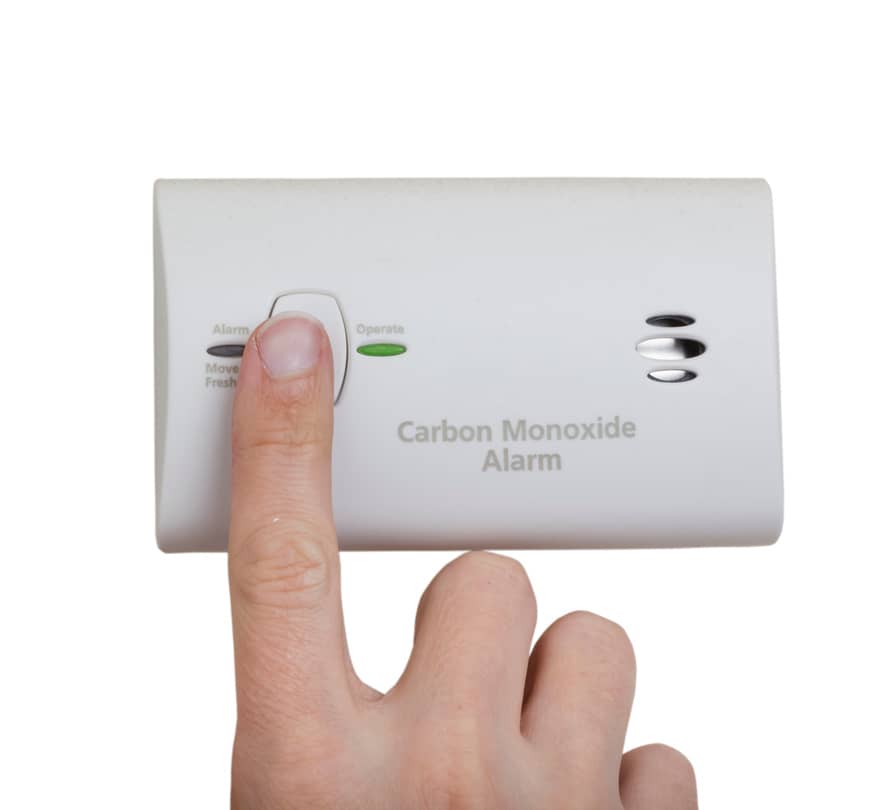
How Can I Prevent This
Preventing carbon monoxide from entering your home just takes diligence. Let’s take a look at some specific ways we can keep our families safe.
- Carbon Monoxide Alarm Detector – install multiple carbon monoxide detectors around your harm. There are various types of detection units. Also, you can plug them into an electrical outlet, or choose to have them hardwired into your alarm system. No matter what you have selected, having them in your home could save your life.
- Ventilation – have your fireplace inspected regularly. If you live in colder weather conditions, you will likely be using a fireplace more often than most. Soot build-up and damage to the chimney liner could occur. If this happens, carbon monoxide could get pushed back into the home. Make sure that all are inspected for proper ventilation.
- Chimney and Fireplace Service – call your local home inspection team to ensure that your chimney sweep and fireplace have been installed correctly. Any mistakes made by the installation company could end up costing you your life.
Other Recommended Maintenance
Now that you understand a fireplace can produce carbon monoxide, it is also important to know how to get rid of it. Unfortunately, ventilation is the only way to know your home is rid of carbon monoxide gas fully. Opening windows might help in this case. However, opening the windows in winter is not ideal. Read up on if opening windows will stop carbon monoxide from entering the home.
Next, look into purchasing a carbon monoxide detector. Read up on whether a carbon monoxide detector can also detect natural gas. In some cases, home appliances are fueled by natural gas. You are likely going to need an explosive gas detection system to support your carbon monoxide detection system.
Lastly, to keep your family safe from unwanted harmful gases in your home, get a radon mitigation system installed. This will ensure that in-between the two years you wait for a radon mitigation inspection to be completed, your family is safe.
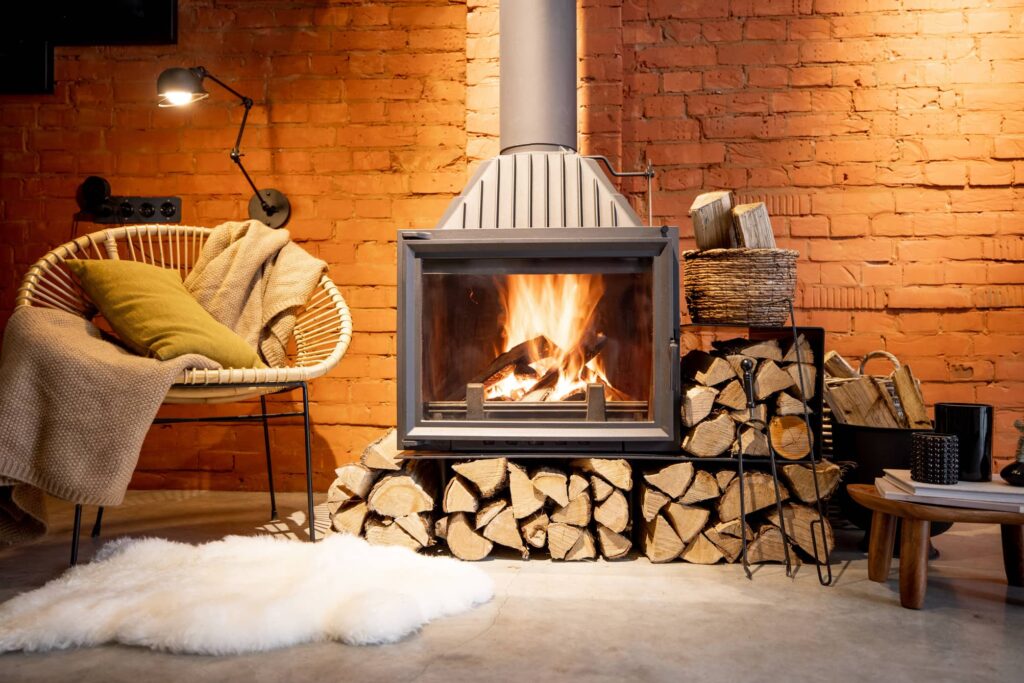
When Do I Call A Professional
Ensuring the health and safety of your family is priority number one. Purchasing a carbon monoxide detection system is not very difficult and should be done the moment you move in. Additionally, if you aren’t sure what to install, call your local home inspection team. They can recommend to you what would work best for your size home. Also, they can ensure that you hire a reputable fireplace cleaning and repair company.
Conclusion
In every possible scenario, you could never really know if carbon monoxide is in the home. The only way for you to know is by installing a carbon monoxide detection system. Every home is different with amenities and various ways of fueling the appliances. If you have a fireplace in the home, you can always count on the possibility of carbon monoxide getting into the home. Reach out to your local home inspection team to inspect everything associated with your fireplace and any fuel-burning appliances. Call on Avalon Home Inspections, to conduct your fireplace during a complete home inspection in Atlanta, GA.
